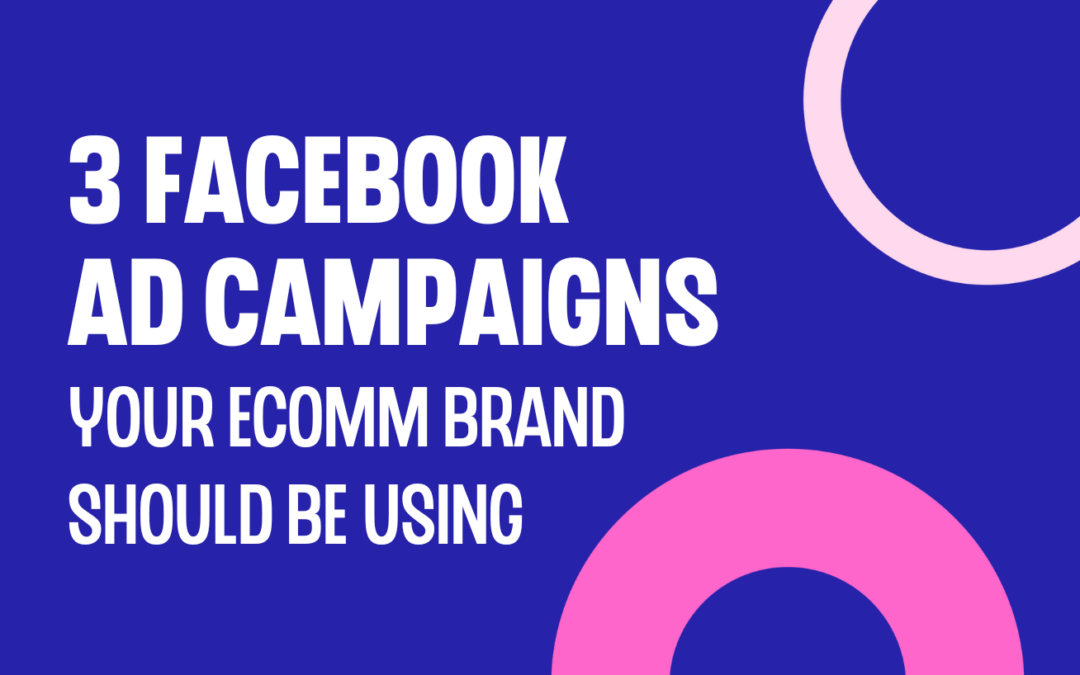
3 Facebook ad campaigns Your eCommerce brand should be using
Where most people fail with Facebook ads is they create just one campaign and show the same ads to their whole audience.
The fantastic thing about Facebook ads is that you can segment your audiences and your ads to show the right message to the right person at the right time – after all that’s what good marketing is all about.
Let’s look at the concept of a marketing funnel. The funnel starts at the top with the largest audience, in this case discover, and gets smaller as we refine the audience into dream and then do.
You’ll spend the majority of your budget on discover, then dream and then do as the audience size will get smaller. When it comes to return on ad spend though, you’ll likely find most of your sales come further down the funnel as these audiences are warmer. However as you can see from the image you need to constantly be feeding the top of funnel (spending budget here) to ensure there are always people moving down the funnel.
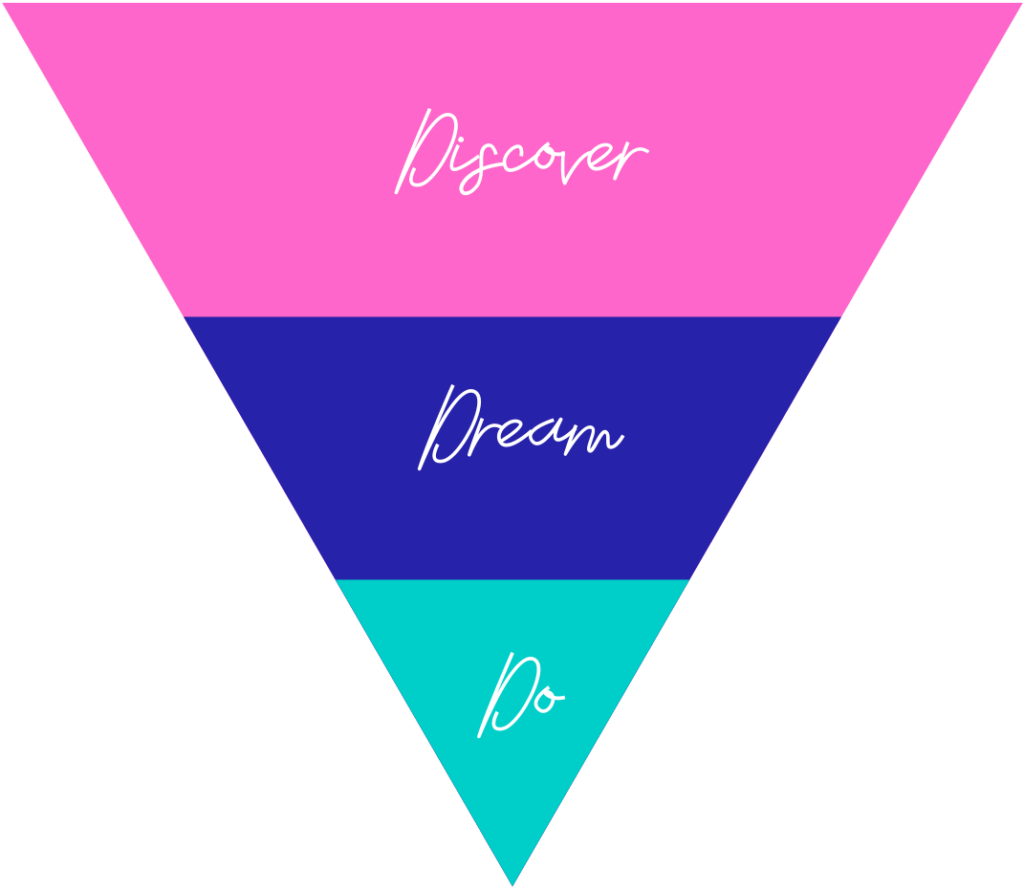
Top of funnel – Discover
Your top of funnel audiences are a completely cold audience. They haven’t heard of your brand and don’t even know you exist (yet). I call this discover because this is where we want them to discover your brand.
Middle of funnel – Dream
The middle of funnel are people who have heard of your brand. They may have seen one of your top of funnel ads, engaged with you on social media or perhaps even visited your website home page but haven’t taken any further action.
This is where we want to get them dreaming about having your product in their life.
Bottom of funnel – Do
The bottom of funnel is a much warmer audience. These people know your brand and your products and they have already visited your product pages and perhaps even added to cart, but they haven’t checked out yet.
This is where we want them to take action – in this case the “do” action we want them to take is to check out and finish their purchase.
As you can see these 3 audiences are filled with totally different people. Some who know you and your product well and some who have never heard of you. If you were to show someone at the top of the funnel an ad to finish their purchase it wouldn’t make sense to them. Just like introducing the brand to someone in the bottom of funnel would be a waste as they already know you and they are ready to buy.
For this reason you need to split your ad campaigns up into top, middle and bottom of funnel campaigns. Each with a different objective and message.
Top of funnel CAMPAIGN
Audience targeting
Include cold audiences.
Exclude all of your warm audiences.
Messaging
Use these ads to introduce your brand. Remember these people haven’t heard of you before so you want to tell them who you are, what makes your brand unique and your key message.
It’s not time to be salesy here, just act as if you’re talking to someone you’ve just met.
Creative
Videos work great top of funnel. Test them along with image ads.
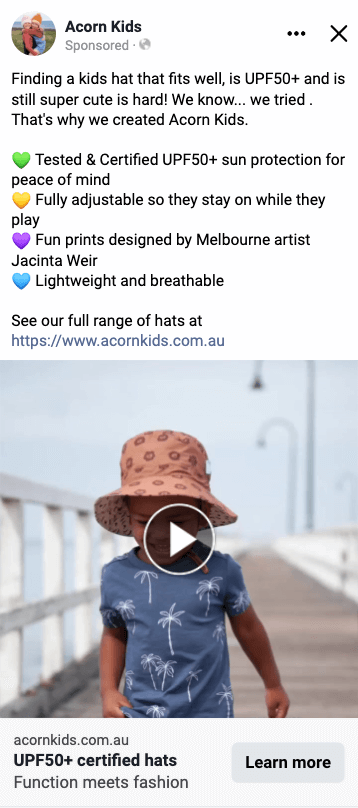
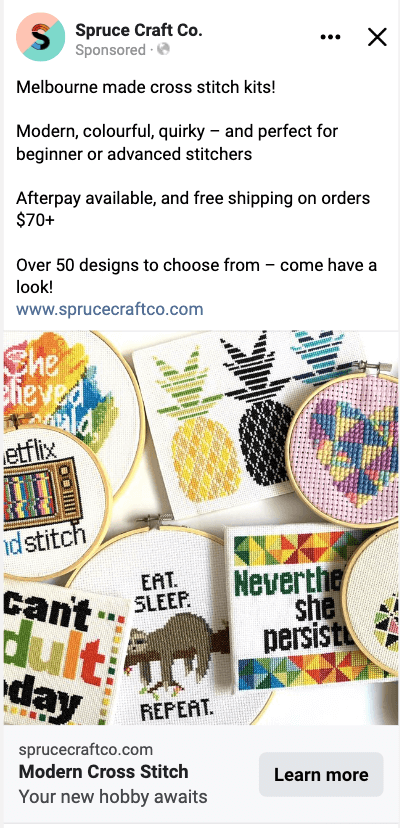
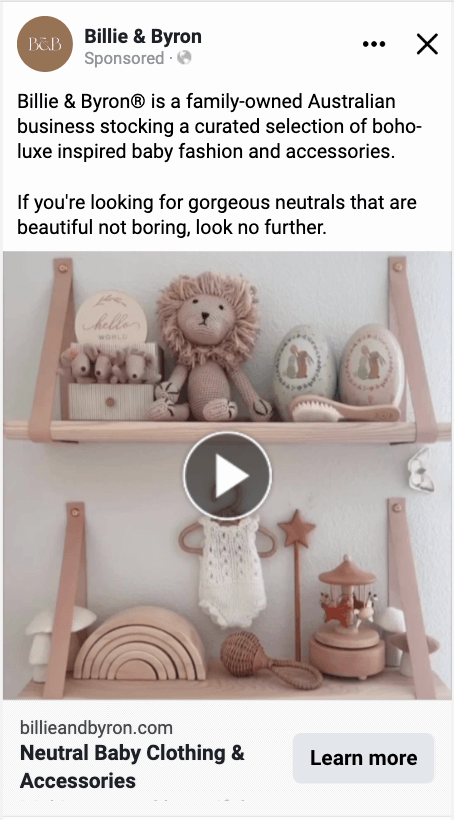
Middle of funnel CAMPAIGN
Audience targeting
Include anyone who has recently engaged with your social media accounts and anyone who has visited your website. Exclude people who have viewed products, added to cart or made a purchase in the same time frame.
Messaging
In this campaign you’re talking to people who have already discovered your brand. Use these ads to introduce your products and highlight the features and benefits. You can assume they know your brand, but it’s OK to reiterate any key messages or brand values.
Creative
Test video, single images and carousels that showcase your best selling products
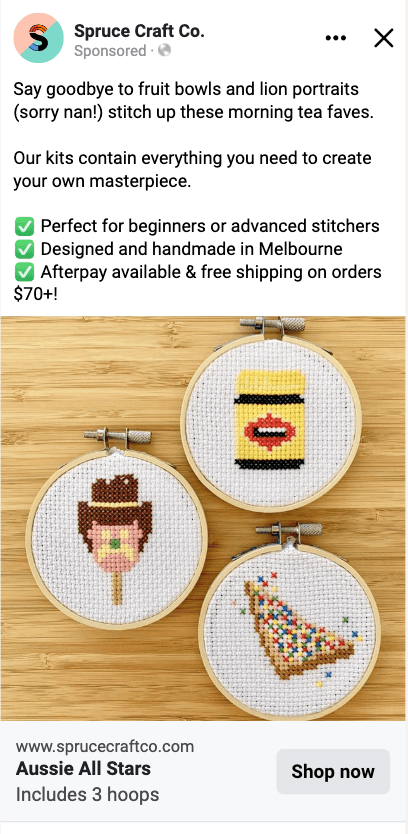
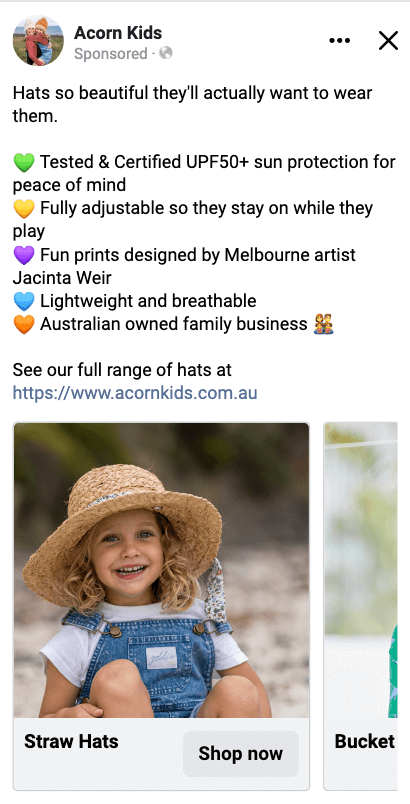
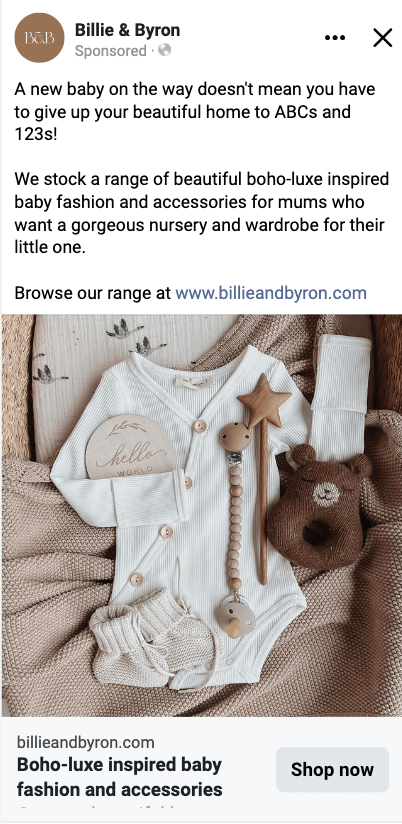
Bottom of funnel CAMPAIGN
Audience Targeting
Target people who have viewed a product or added to cart.
Exclude anyone who has made a purchase in the same time period.
Messaging
This is your warmest audience, before purchasers. In some cases these ads only need to remind people to go and check out, quite often they had every intention to purchase but life got in the way.
For others you may need to overcome objections like price, shipping, fit, quality and guarantees.
You can be more direct with your language in these ads and use the “Shop Now” button as they are already warmed up.
Creative
I recommend testing dynamic ads using carousels which will pull through the products they were looking at, or added to cart straight from your website. I also suggest having a non dynamic campaign for people who have opted out of tracking and testing carousels, videos and images.
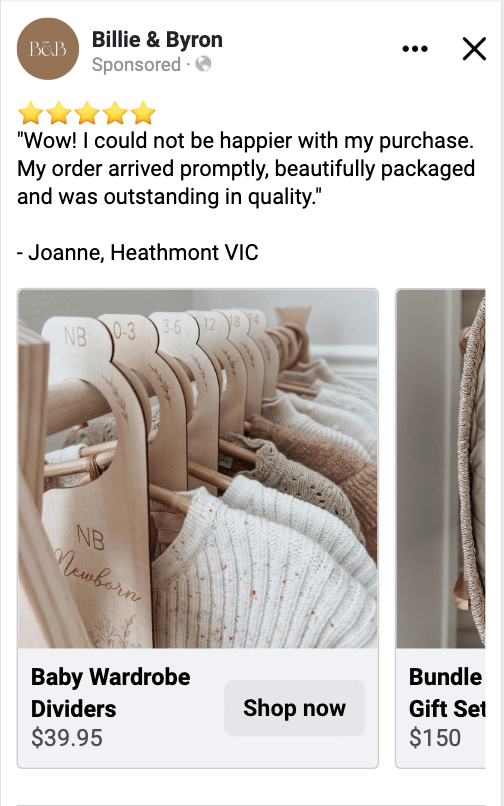
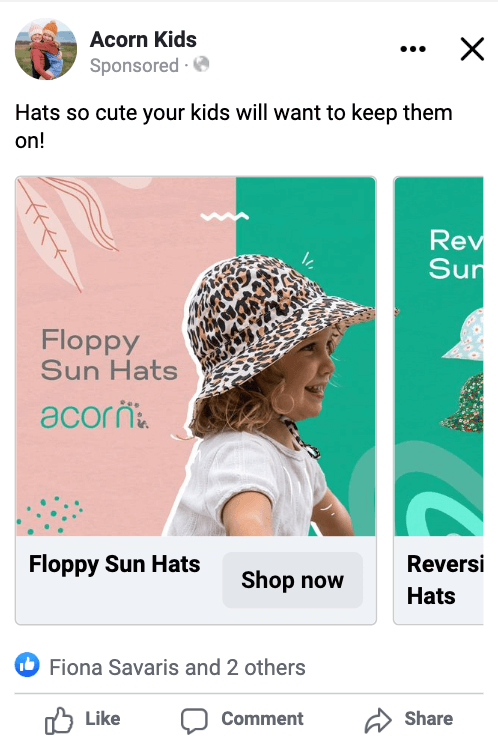
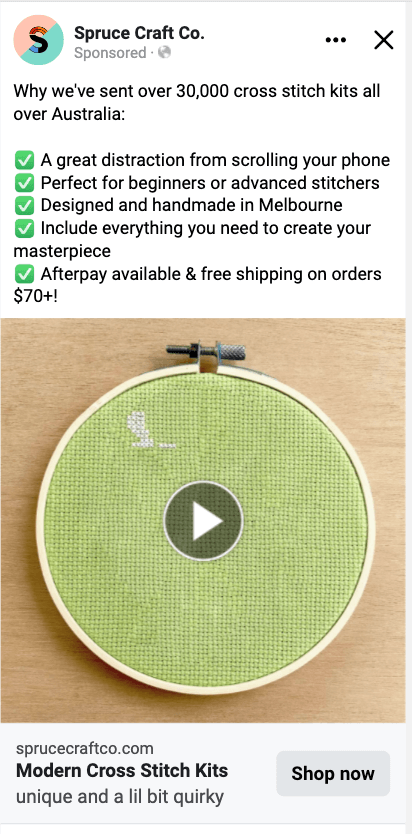
There you have 3 campaigns to use for your eCommerce Facebook ads to ensure you’re delivering the right message at the right time.
As you start to grow your ad campaigns and increase your budget you can be even more complex and split out the timing of your ads to show different ads based on how long ago they abandoned cart etc.
Let me know in the comments if you’ve run a funnel before in your ads, or if you’re about to try it for the first time.
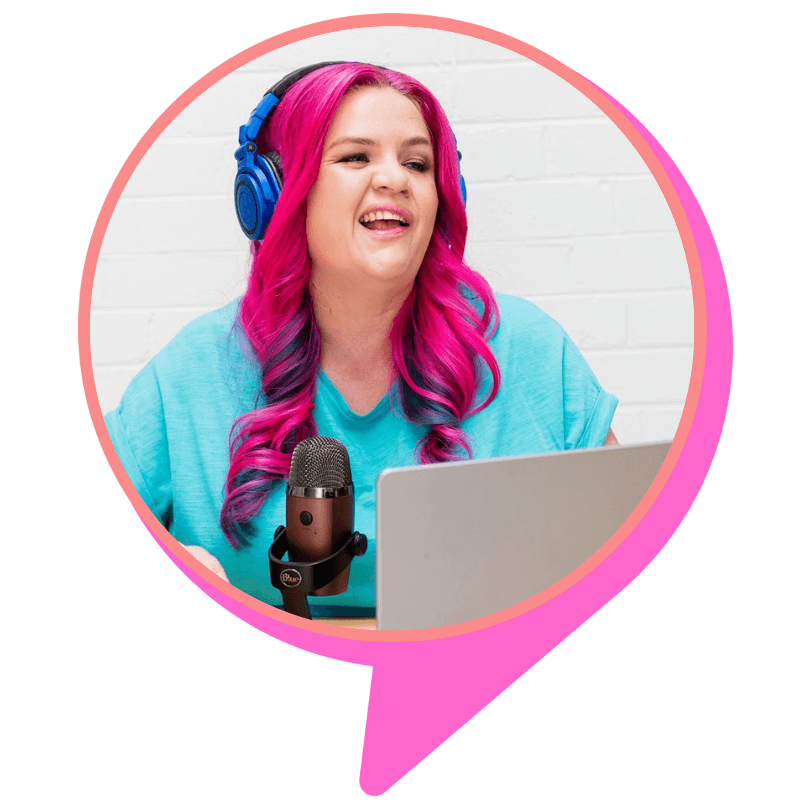
Written by Karyn Parkinson
Karyn (“with a Y!”) Parkinson is an eCommerce marketing specialist with a knack for high-converting Facebook ad funnels and website optimisation.
Through her eCommerce marketing agency Unstoppable eCommerce and on-the-pulse training course eComm Ignitor, Karyn’s helped hundreds of eCommerce store owners across the globe boost profits, generate more revenue, and achieve an ad-spend ROI of their dreams.
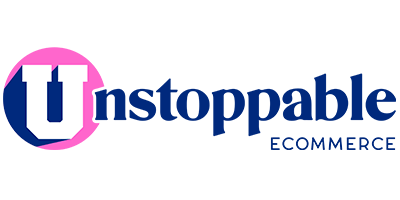
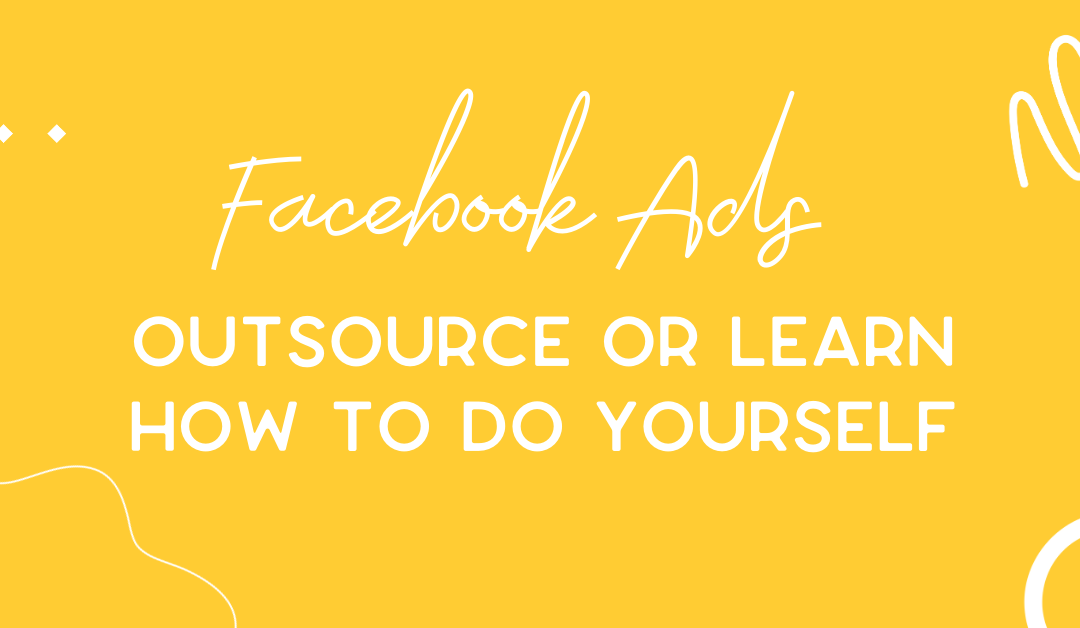
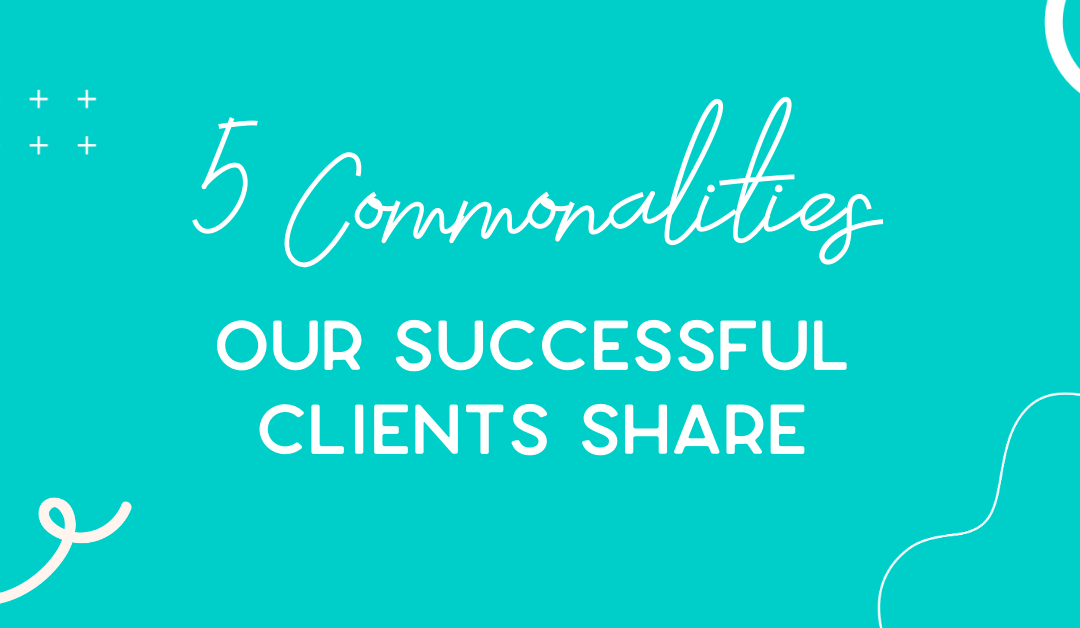
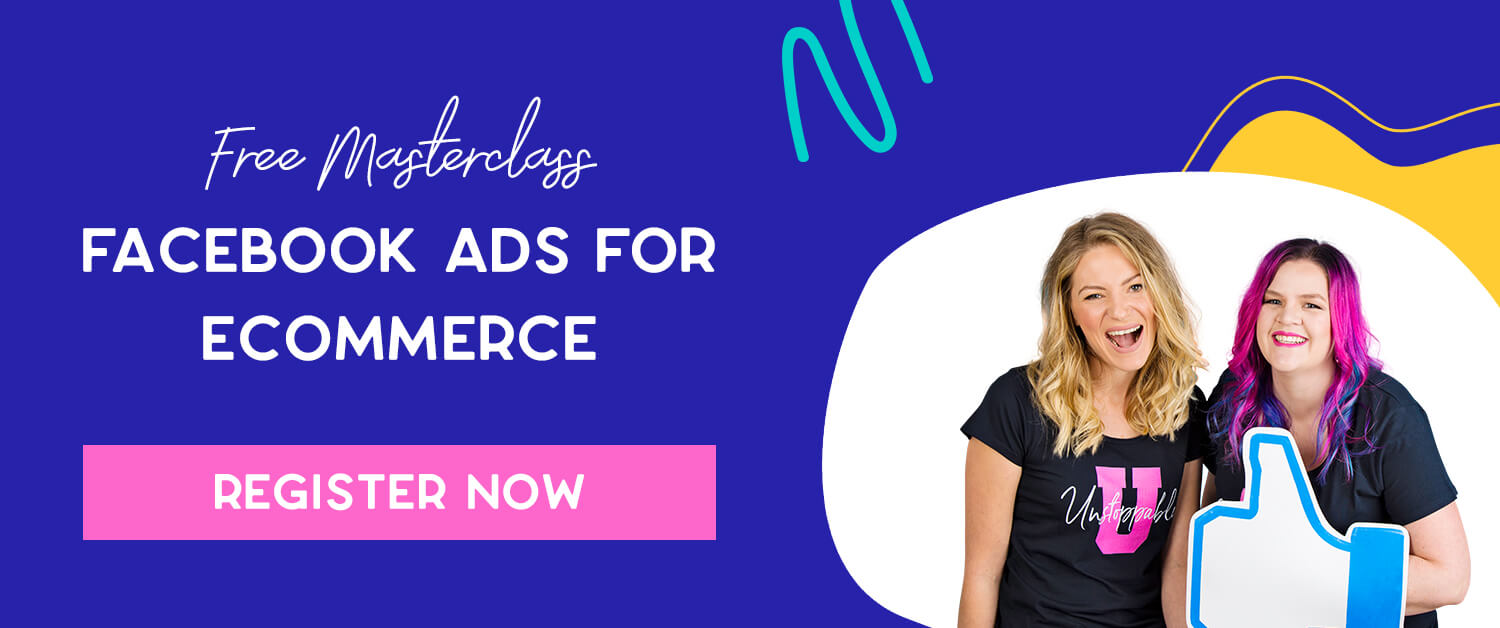

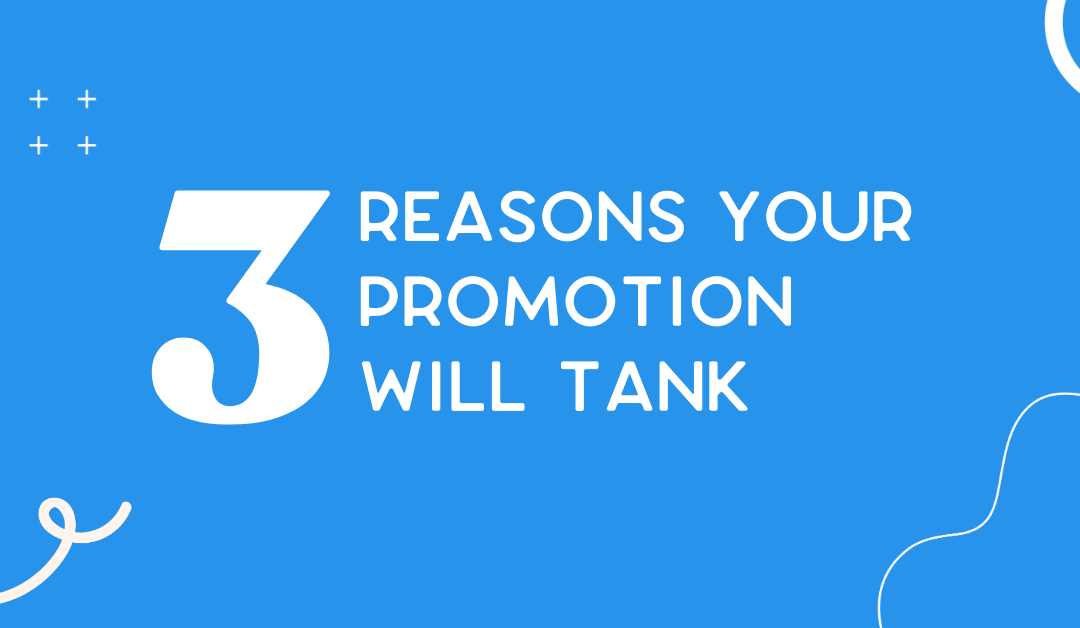

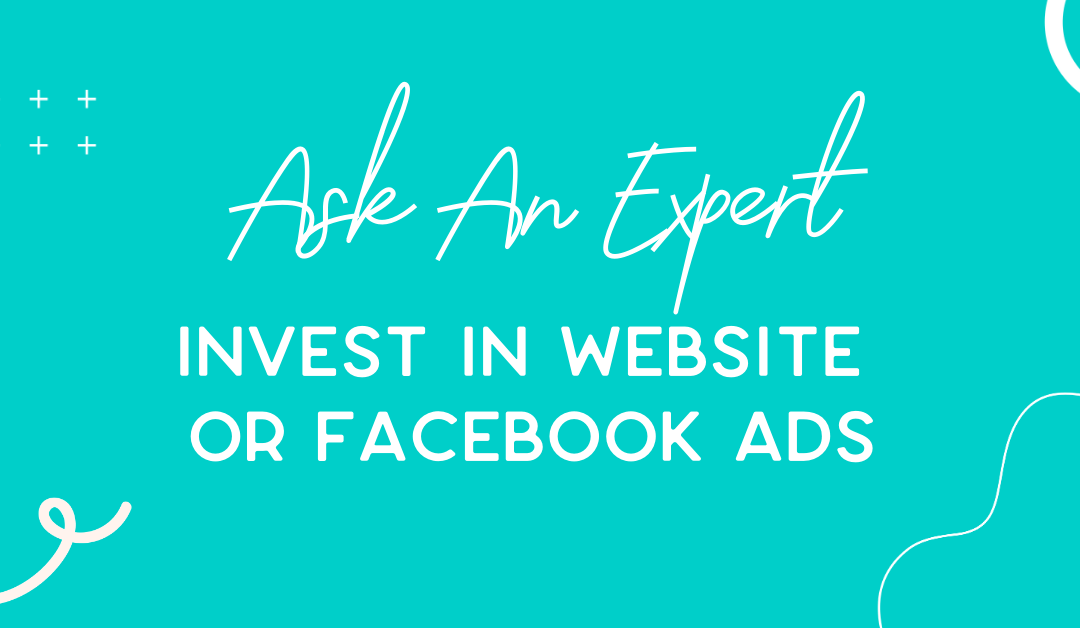
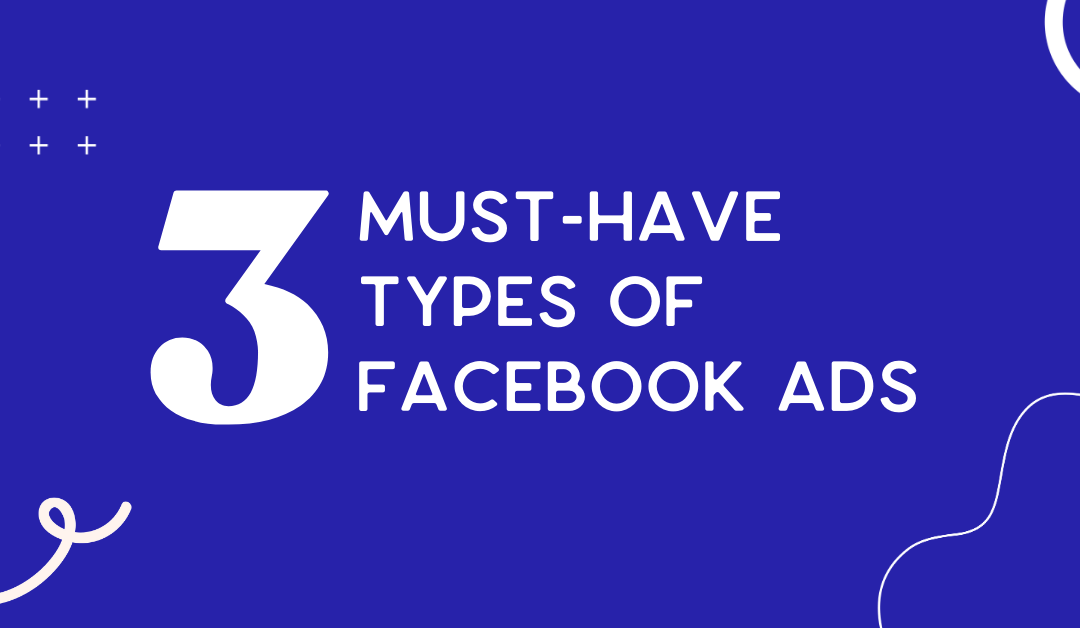
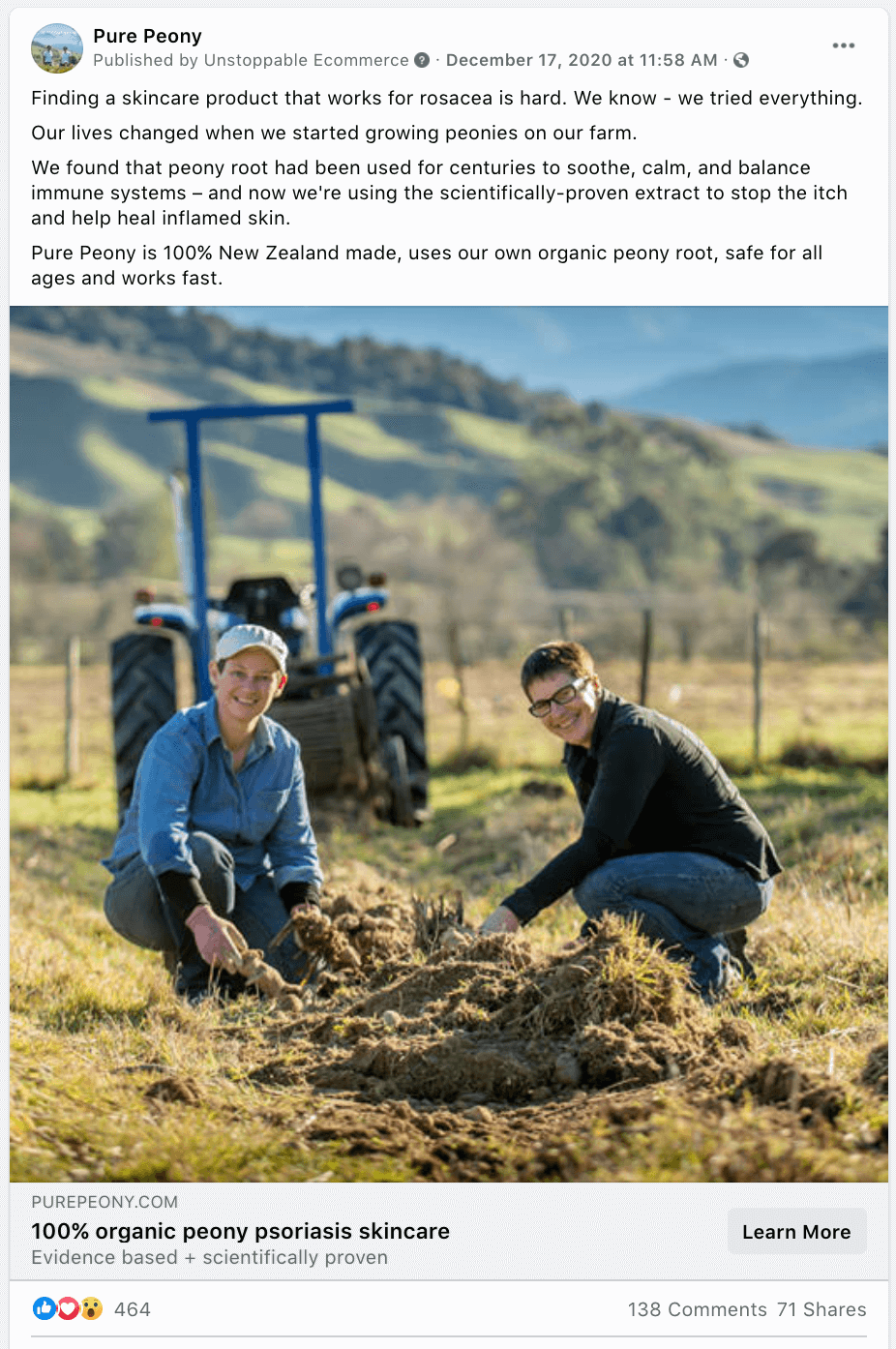
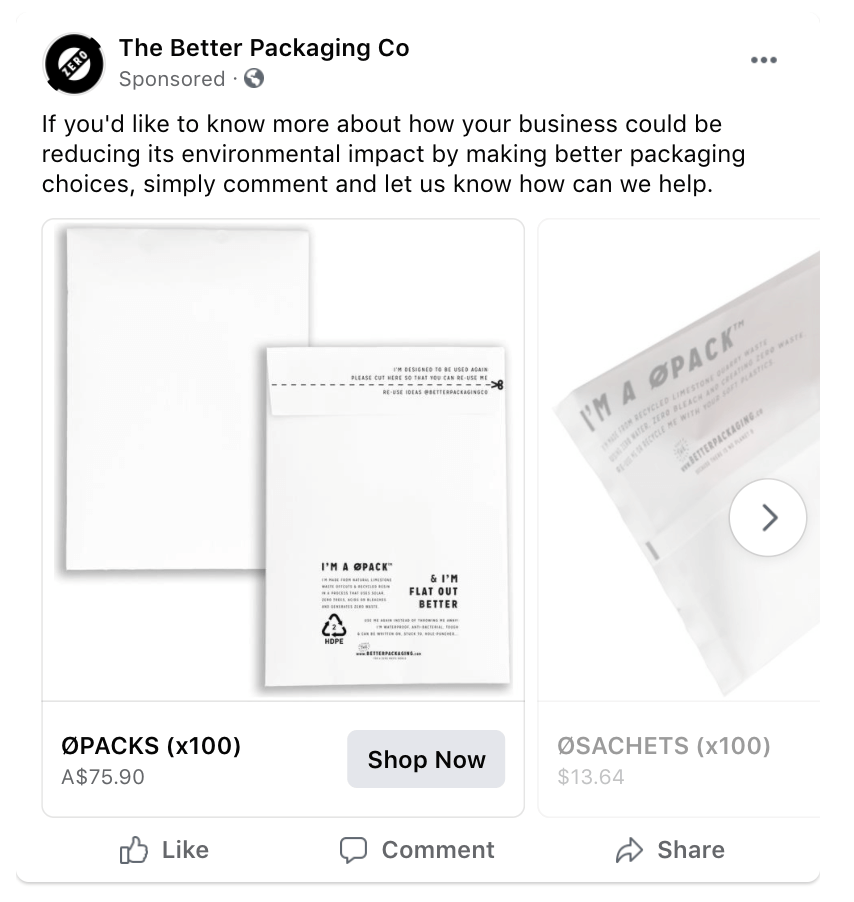
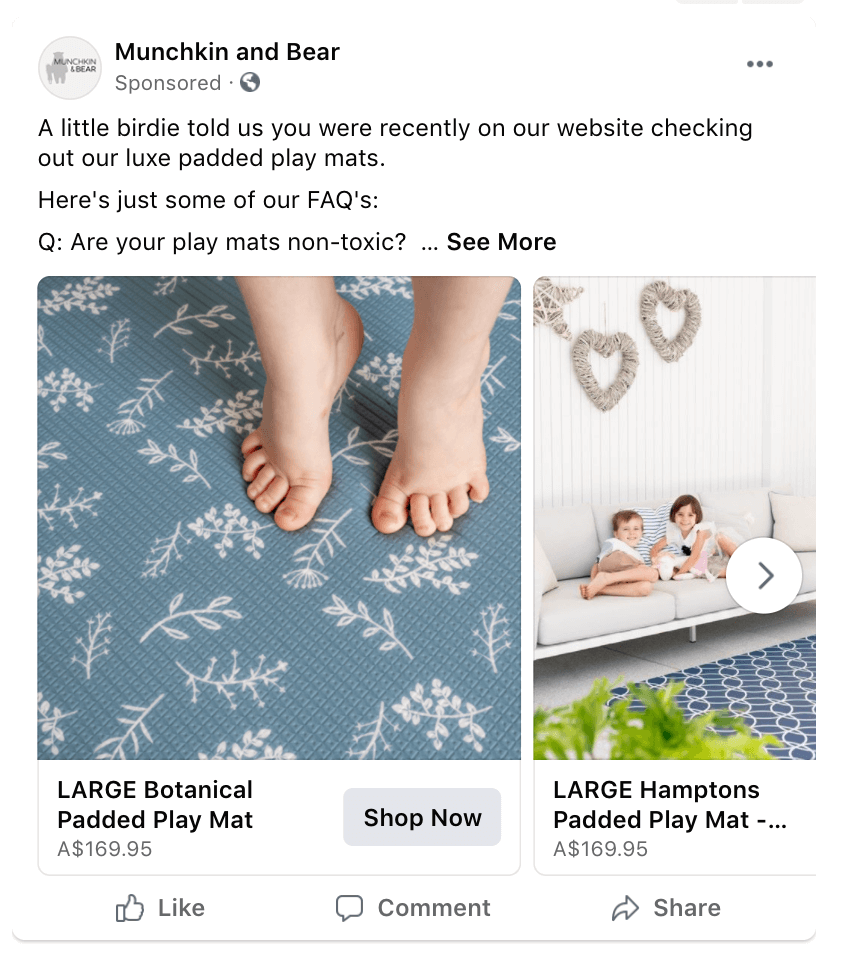

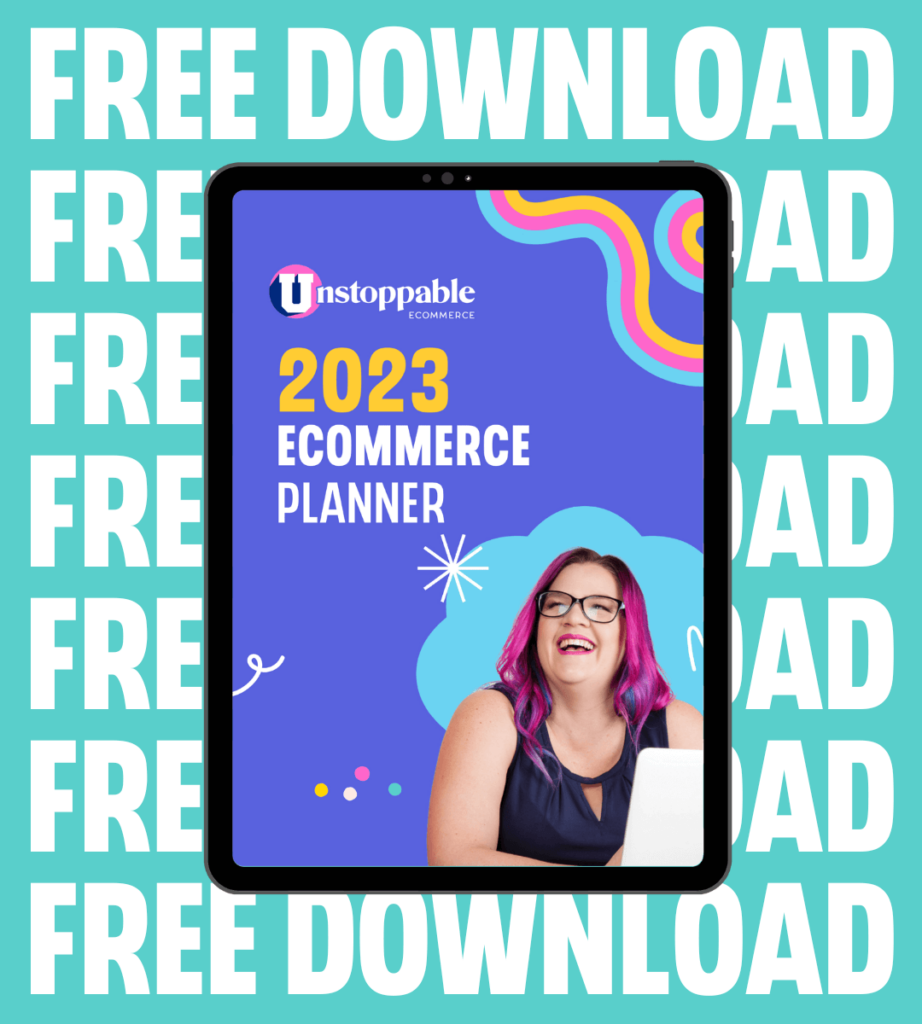
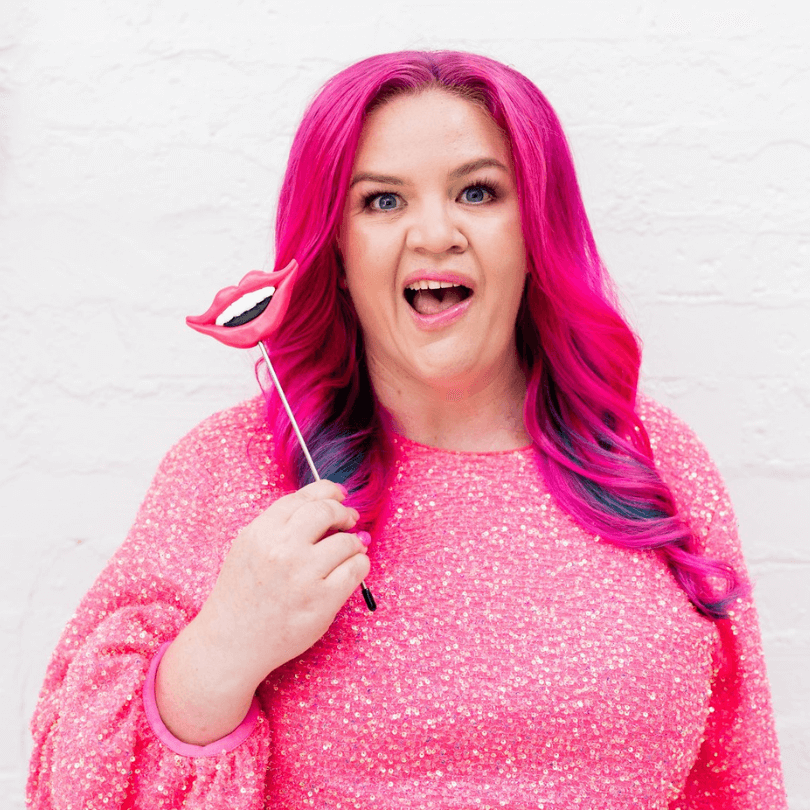
Leave a Reply